Rising Demand for Automation
The Steering Robot Market is witnessing a rising demand for automation across multiple sectors. Industries such as manufacturing, agriculture, and logistics are increasingly adopting steering robots to enhance operational efficiency and reduce labor costs. The need for precision and speed in production processes is driving this trend. For instance, steering robots are utilized in automated guided vehicles (AGVs) that streamline warehouse operations. Market data suggests that the automation sector is expected to reach a valuation of over 200 billion dollars by 2025, which underscores the potential growth for the Steering Robot Market. This demand for automation is likely to continue, as businesses seek to optimize their operations.
Growing Focus on Safety Standards
The Steering Robot Market is increasingly influenced by a growing focus on safety standards. As steering robots are deployed in various environments, ensuring their safe operation becomes paramount. Regulatory bodies are establishing stringent safety guidelines that manufacturers must adhere to. This focus on safety not only protects workers but also enhances the credibility of steering robots in the market. Companies that prioritize compliance with safety standards are likely to gain a competitive advantage. The Steering Robot Market is thus expected to evolve in response to these regulations, leading to the development of safer and more reliable steering robots.
Expansion of E-commerce and Logistics
The expansion of e-commerce is significantly impacting the Steering Robot Market. As online shopping continues to grow, the demand for efficient logistics and supply chain solutions is rising. Steering robots play a crucial role in automating warehouse operations, facilitating faster order fulfillment and inventory management. Market analysis indicates that the e-commerce sector is projected to reach a valuation of 6.5 trillion dollars by 2023, which will likely drive further adoption of steering robots in logistics. This trend suggests that the Steering Robot Market will continue to thrive as businesses seek to enhance their operational capabilities in response to the booming e-commerce landscape.
Technological Advancements in Robotics
The Steering Robot Market is experiencing a surge in technological advancements, particularly in robotics. Innovations in sensor technology, artificial intelligence, and machine learning are enhancing the capabilities of steering robots. These advancements allow for improved navigation, obstacle detection, and real-time decision-making. As a result, steering robots are becoming more efficient and reliable in various applications, including manufacturing and logistics. According to recent data, the market for robotics is projected to grow at a compound annual growth rate of 26.7%, indicating a robust demand for steering robots. This growth is likely driven by the increasing need for automation in industries, which further propels the Steering Robot Market.
Increased Investment in Research and Development
Investment in research and development is a critical driver for the Steering Robot Market. Companies are allocating substantial resources to innovate and improve steering robot technologies. This investment is aimed at enhancing the functionality, safety, and efficiency of steering robots. As organizations strive to maintain a competitive edge, the focus on R&D is likely to yield advanced steering solutions that meet evolving market needs. Furthermore, government initiatives supporting technological innovation in robotics are contributing to this trend. The Steering Robot Market stands to benefit from these investments, as they may lead to breakthroughs that redefine operational capabilities.


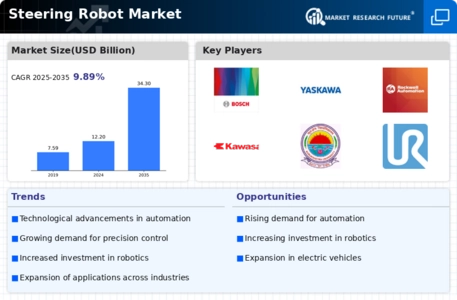
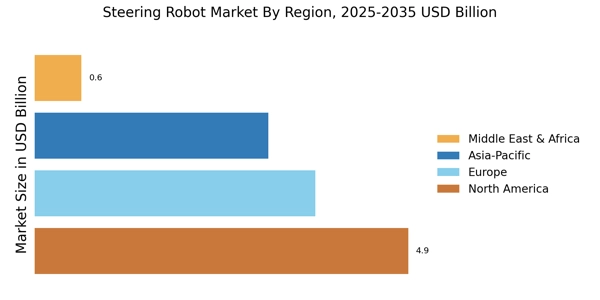


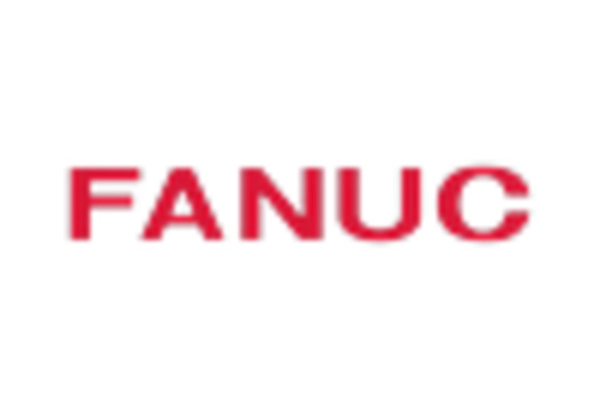
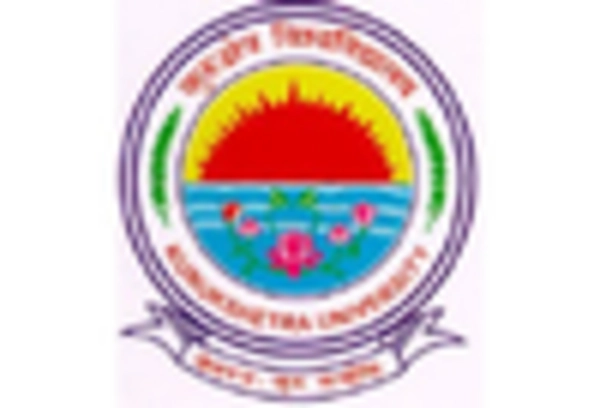
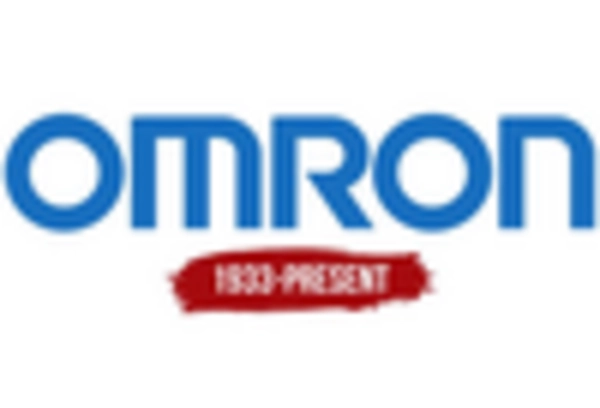
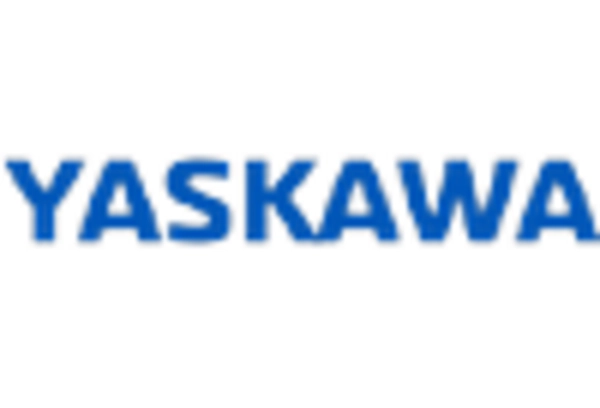








Leave a Comment